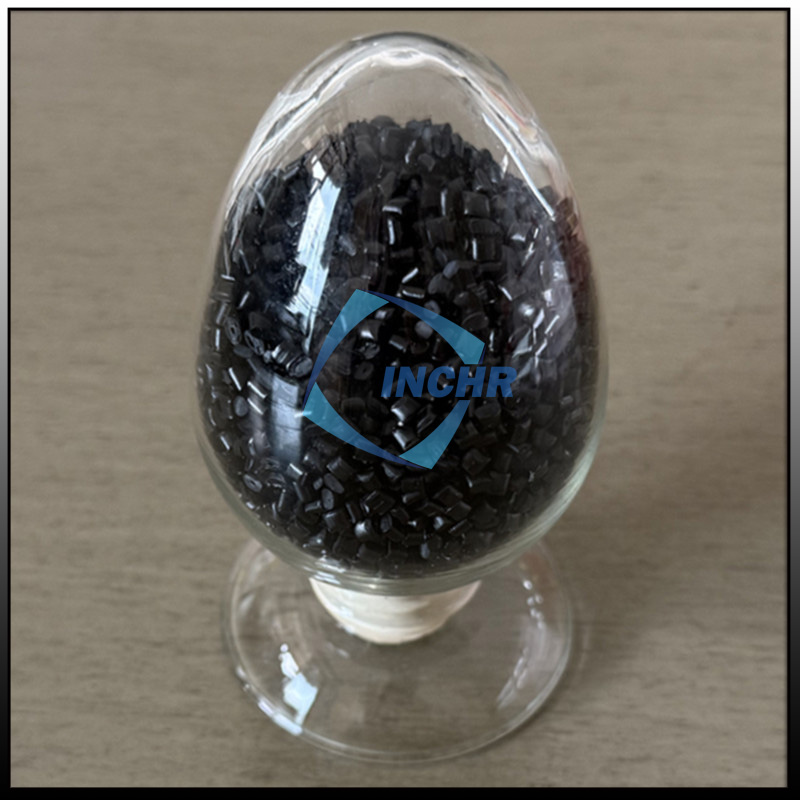Introduction
In a world demanding smarter, faster, and greener solutions, carbon fiber-reinforced nylon (CFRN) has become a linchpin of modern engineering. This composite material—combining nylon’s versatility with carbon fiber’s rigidity—is not just an option but a necessity for industries pushing the boundaries of performance and sustainability. This article dives into why CFRN is vital today and how it’s shaping tomorrow’s innovations.

The Unmatched Importance of Carbon Fiber-Reinforced Nylon
1. Redefining Lightweighting for Energy Efficiency
Weight reduction is no longer a luxury—it’s a mandate. CFRN slashes component weight by 30-50% compared to metals like steel or aluminum, directly enhancing energy efficiency. For example:
Electric Vehicles (EVs): Lighter battery housings extend driving range by reducing overall vehicle mass.
Drones: Lightweight frames enable longer flight times and greater payload capacity.
Robotics: Agile robotic arms consume less power while maintaining precision.
Without CFRN, industries would struggle to meet stringent energy-saving regulations and consumer demands for eco-friendly products.
2. Delivering Strength Where It Matters Most
Carbon fibers impart exceptional tensile strength and stiffness, allowing CFRN to outperform traditional materials in high-stress environments:
Aerospace: Satellite components withstand extreme temperatures and radiation.
Automotive: Crash-resistant structural parts improve passenger safety.
Industrial Machinery: Durable gears and housings endure repetitive stress without failure.
This strength-to-weight ratio is unmatched, making CF/PA irreplaceable in mission-critical applications.
3. Enabling Complex, Cost-Effective Designs
Unlike metals, CFRN can be molded into intricate shapes via injection molding or 3D printing, eliminating the need for costly machining. This flexibility drives innovation:
Medical Devices: Ergonomic surgical tools tailored for minimally invasive procedures.
Consumer Electronics: Sleek, heat-resistant smartphone casings for 5G devices.
Wearable Tech: Lightweight exoskeletons that enhance mobility without discomfort.
Designers gain creative freedom while reducing production waste—a win-win for efficiency and sustainability.
4. Meeting the Demand for Sustainable Materials
As global industries pivot toward circular economies, CFRN is evolving to align with eco-goals:
Recyclable Variants: Thermoplastic CFRN grades allow for reprocessing without degrading performance.
Bio-Based Nylons: Companies like Arkema use castor oil-derived polyamides, cutting reliance on fossil fuels.
Reclaimed Fibers: Startups like Vartega recycle carbon fiber waste into affordable reinforcement materials.
By 2030, 40% of CFRN used in Europe is expected to come from recycled sources, per the European Composites Industry Association.
Industries Revolutionized by Carbon Fiber Reinforced Nylon
1. Automotive: Accelerating the EV Revolution
CFRN’s pivotal in offsetting heavy EV batteries. BMW’s i3 uses CFRN in structural components, achieving a 250-mile range while maintaining safety.
2. Robotics: Building Smarter Machines
Collaborative robots (cobots) like Universal Robots’ UR5e utilize CFRN shells to reduce weight by 25%, enhancing workplace safety and mobility.
3. Aerospace: Conquering Extreme Environments
SpaceX integrates CFRN in satellite mounts, ensuring reliability in the vacuum of space.
4. Medical: Advancing Patient Care
Prosthetics manufacturer Össur employs CFRN to create lightweight limbs that mimic natural movement, improving users’ quality of life.
Overcoming Challenges: Innovation in Action
While CFRN is transformative, hurdles like high costs and recycling complexity persist. Cutting-edge solutions include:
Hybrid Composites: Blending carbon fibers with cheaper glass fibers lowers costs without sacrificing performance.
AI-Driven Manufacturing: Startups like Carbon3D use machine learning to optimize fiber alignment during 3D printing.
Closed-Loop Systems: Companies like ELG Carbon Fibre recycle aerospace-grade carbon fibers for reuse in CFRN.
The Future: Carbon Fiber Reinforced Nylon as a Catalyst for Global Progress
By 2030, the CFRN market is projected to exceed $30 billion (Grand View Research), driven by:
Autonomous Vehicles: Lightweight sensors and frames for self-driving cars.
Smart Cities: Durable infrastructure components for IoT-enabled urban systems.
Renewable Energy: Wind turbine blades and solar panel mounts resistant to environmental wear.
As industries embrace AI, 5G, and automation, CFRN will underpin the technologies defining the next decade.
Conclusion
Carbon fiber reinforced nylon isn’t just another material—it’s the backbone of modern engineering. Its ability to merge lightweight design, unparalleled strength, and sustainability makes it indispensable across industries. For businesses aiming to lead in innovation, adopting CFRN isn’t optional; it’s imperative. As challenges evolve, so will CFRN, continuing to unlock possibilities that redefine what’s possible.




